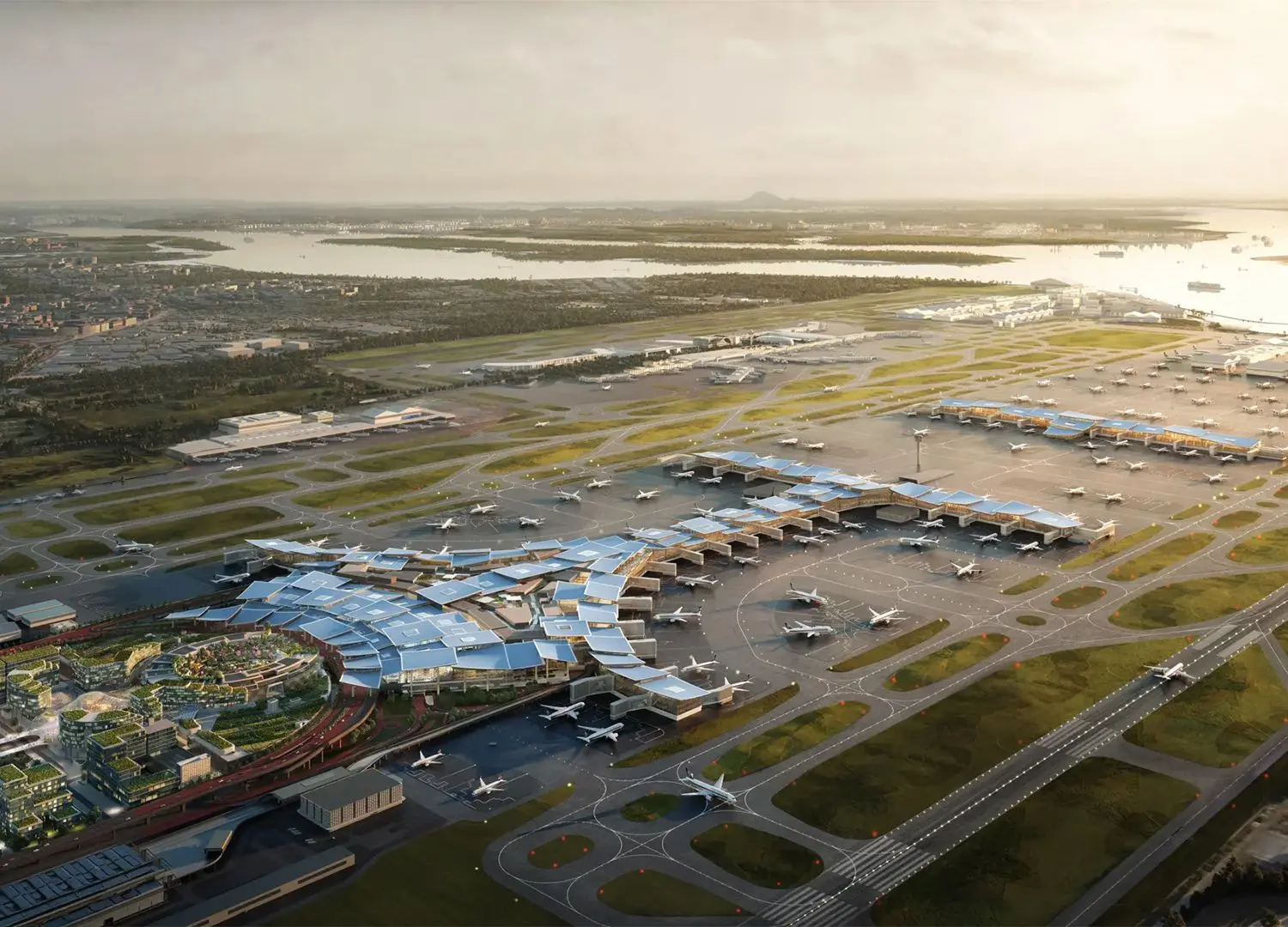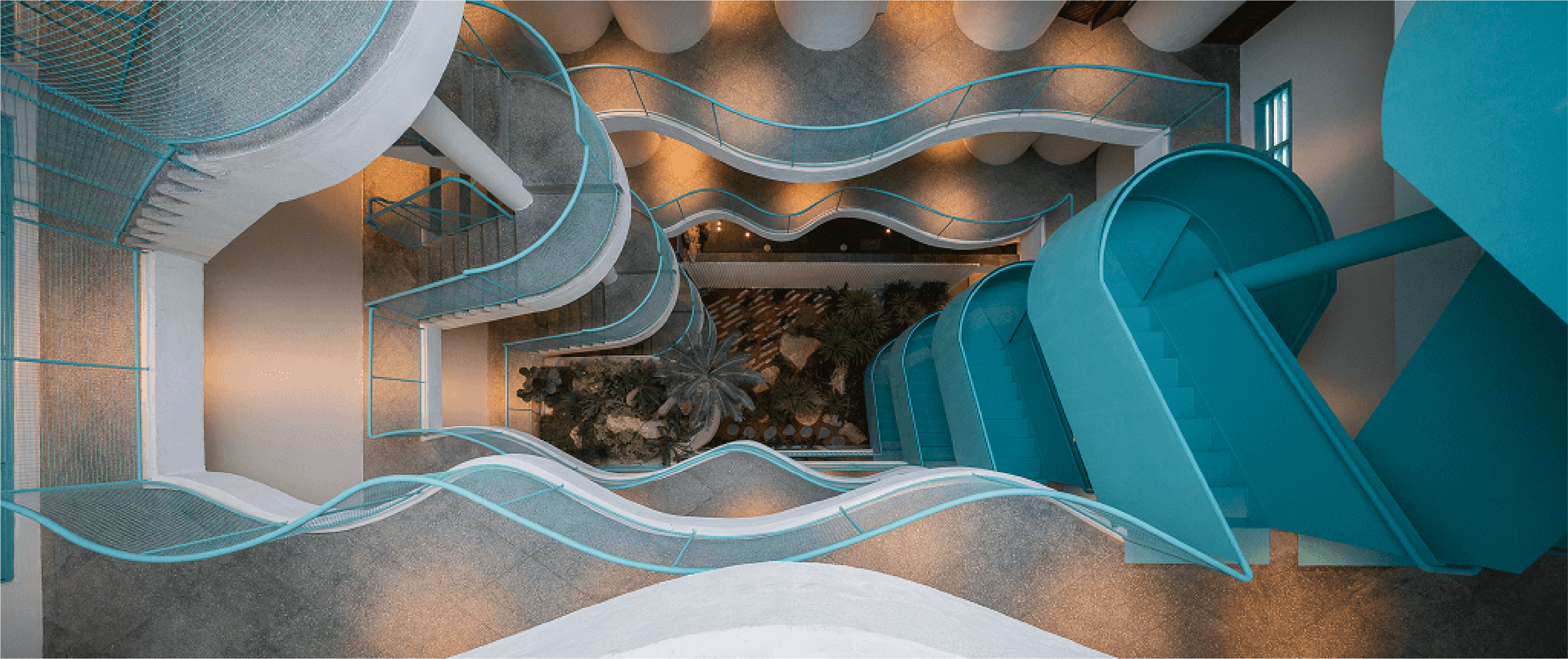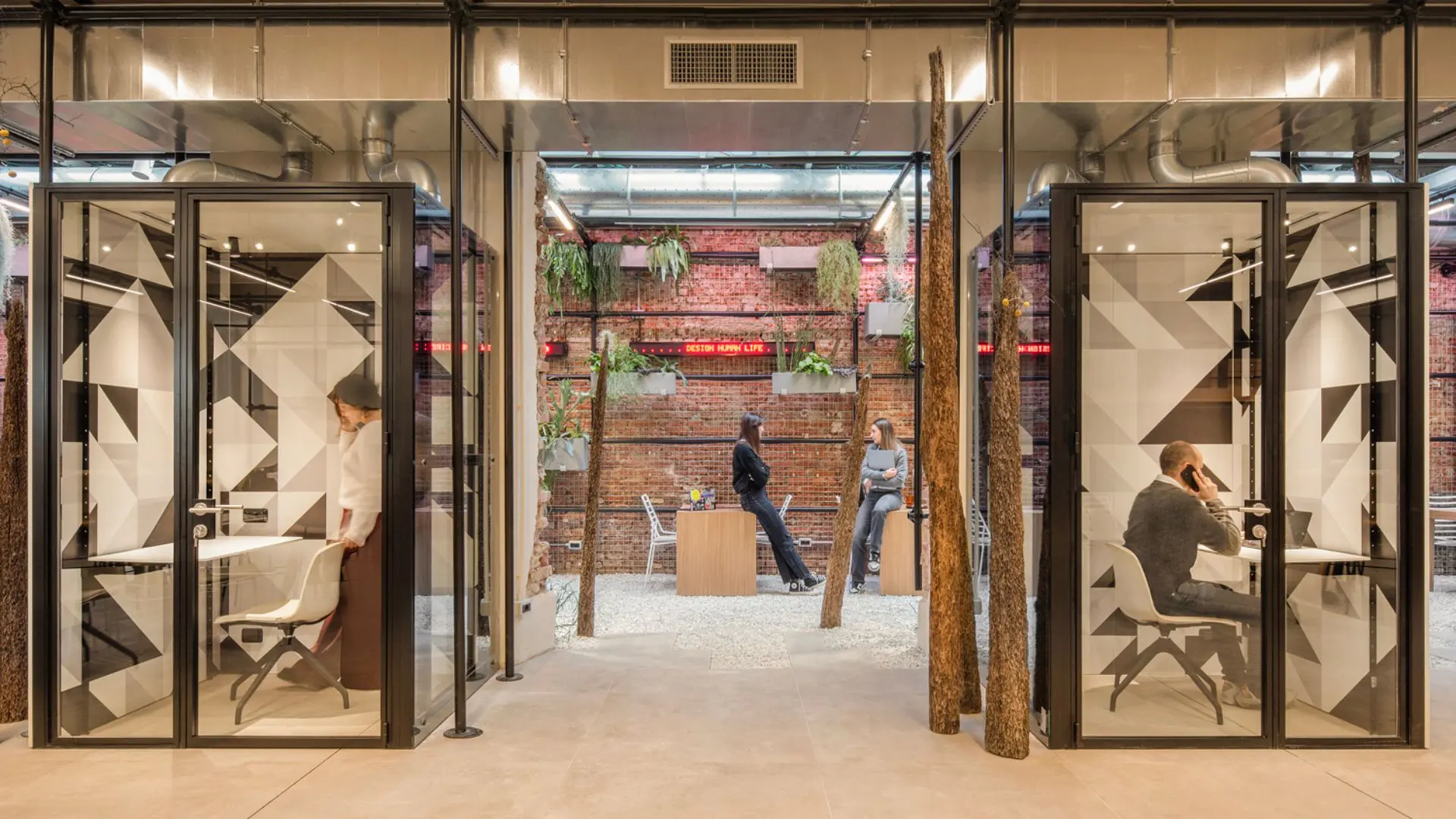Changi T5: design, technology and sustainability for the future of travel
Shaped by experience, sustainability, and innovation, Singapore’s Terminal 5 stands at the core of the Changi East masterplan. A collaborative urban-scale project that reimagines the airport as a dynamic, human-centered extension of the city.

Terminal 5 at Changi Airport introduces a radical new vision of the airport experience: no longer just a logistical node, but a civic and social extension of the city. The ambition is clear: to provide an immersive environment that reflects the urban and natural identity of Singapore, with inclusive spaces designed for comfort and ease. What emerges is a space that goes beyond the traditional logic of transit, offering an experience attuned to the city’s rhythms and its people’s needs.
It is an urban-scale infrastructure where design is more than aesthetics, it’s a tool that turns waiting into experience and space into a place of connection, flow, and presence. This is a project that listens to and interprets human needs, placing well-being, interaction, and fluidity at the core. In this context, design becomes care: a means of transforming infrastructure into meaningful, lived-in environments.

A global design ecosystem with a shared vision
Part of the wider Changi East masterplan, spanning 1,080 hectares, T5 represents the largest expansion in Changi Airport’s history. It will anchor the development alongside a three-runway system, underground facilities, aviation and landslide support zones, and the Changi East Industrial Zone (CEIZ). The terminal is the product of an international collaboration led by KPF and Heatherwick Studio, supported by a global network of experts in architecture, engineering, landscape, and retail design.
Set to open in the mid-2030s, T5 will strengthen Singapore’s position as a leading air hub and respond to growing traffic demand in an increasingly interconnected world. Ultimately, it’s an invitation to rethink what infrastructure means today: not just a machine for movement, but a living system shaped by society’s evolution and the quality of time we wish to experience.

Designing spaces for meaningful travel experiences
Passenger experience is the beating heart of this new infrastructure. Here, design is not just visual, it’s relational. Every spatial element is crafted to guide, comfort, and connect. Key features include an underground MRT station and an Automated People Mover (APM) to ease mobility between operational areas and Terminal 2. The terminal will also be linked to the existing terminals via an integrated transport network, allowing the airport to function as a seamless and unified hub.
The architectural language is central to the experience: the modular roof, inspired by organic forms, evokes the surrounding natural landscape and responds to Singapore’s tropical climate. Communal areas blend greenery, natural light, and openness to enrich time spent at the terminal. Lounges, indoor gardens, intuitive circulation paths, and framed views create a multisensory journey. Each space is designed to elevate the quality of transit, transforming movement into presence.

A future in the making
Terminal 5 is more than a bold engineering feat: it’s a project in progress that reflects the future of mobility and urban life. In an era where travel is woven into our everyday experience, T5 demonstrates how infrastructure, architecture, and technology can converge to deliver more inclusive and human-centered environments. Its evolution is still unfolding, and well worth watching. Because this new terminal is not just a destination, it’s a laboratory of ideas for reimagining how we travel, how we wait, and how we inhabit shared spaces.










